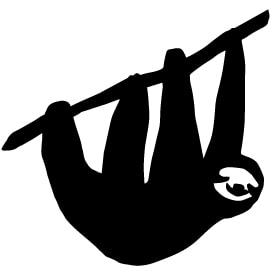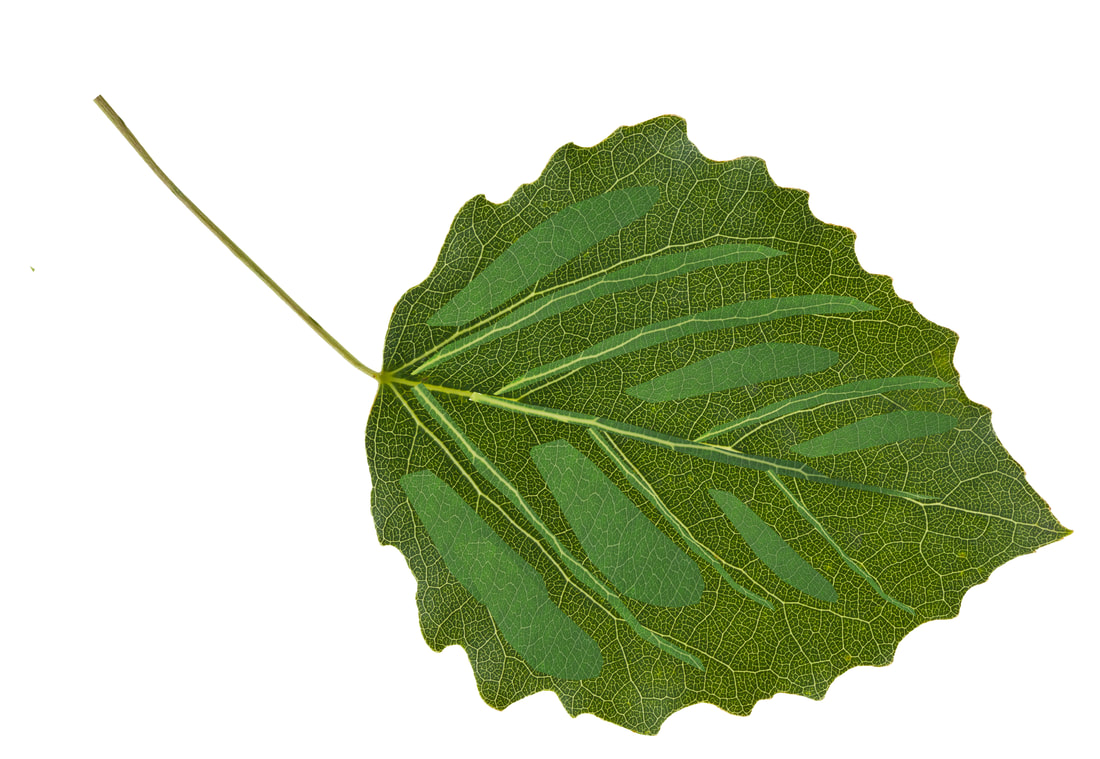Who fell the mango tree?
|
Keystone species In the mango tree story, the Creature understood that the absence of the tiger affected other species in the forest. Species, which have a significant impact on how an ecosystem functions, are called keystone species. The tiger is a large keystone species, but keystone species can also be very tiny - such as the blue mussel (Mytilus trossulus). Keystone species can be animals, fungi, microbes or plants. In Finland an example of a keystone species is the common aspen (Populus tremula). It is an important tree for forest organisms. A large number of different species feed and live off living or dead aspens. Both young and old aspen, dead ones and ones that are alive, house and feed a large variety of species that are dependent on the aspen. Butterfly larvae climb on top of aspens and eat their leaves. Beetle larvae live inside the trunk, eating the wood matter. The bark and branches of an aspen offer nutrition to moose and mountain hare during the winter. Various kinds of lichen and moss live on the surface of the tree trunk. Some fungi live in symbiosis with the aspen, giving nutrients and water to the tree, receiving sugars in return. Wood-decaying fungi eat the old aspen and woodpeckers drill holes into its trunk. Later on, for example a flying squirrel can nest inside the very same holes. Examples of species that thrive in the vicinity of aspens:
It’s important to remember, that the term keystone species is a concept introduced by humans, and it has its problems. Researchers do not agree on what species can be called keystone species. Organisms are referred to as keystone based on different justifications. We are yet to describe all species and their interactions, so it may well be that many species important for their habitat haven’t been identified yet, or the importance of a species is still not understood. When we say that an organism is a keystone species, we also often forget that under some circumstances one species can be more important than the other. Every species has an intrinsic value, which does not depend on, for example, its benefit for humans. – – – – – – – – References: * Cottee‐Jones H.E.W. & Whittaker R.J. 2012. perspective: The keystone species concept: a critical appraisal. Frontiers of Biogeography 4: 117–127. * Keto-Tokoi P. & Siitonen J. 2021. Puiden asukkaat - Suomen puiden seuralaislajit. Gaudeamus. * Tieteen termipankki: https://tieteentermipankki.fi/wiki/Biologia:avainlaji * Viitasalo M. ym. (toim.) 2017. Meren aarteet - Löytöretki Suomen vedenalaiseen meriluontoon. Gaudeamus. |
|
– – – – – – – –
Our materials are licensed under the Creative Commons Attribution-ShareAlike 4.0 International License: http://creativecommons.org/licenses/by-sa/4.0/. It means you can use our materials freely, but please remember to always credit our work and mention us whenever you are sharing contents of our project online: Instagram: @evolution_in_action, Facebook: @evoluutiopajat, Twitter: @EvoWorkshops. If you use our materials in teaching, we are happy to hear greetings and feedback. You can tag us on social media or send us an email: [email protected] Evolution in Action logo: jpeg, eps |

